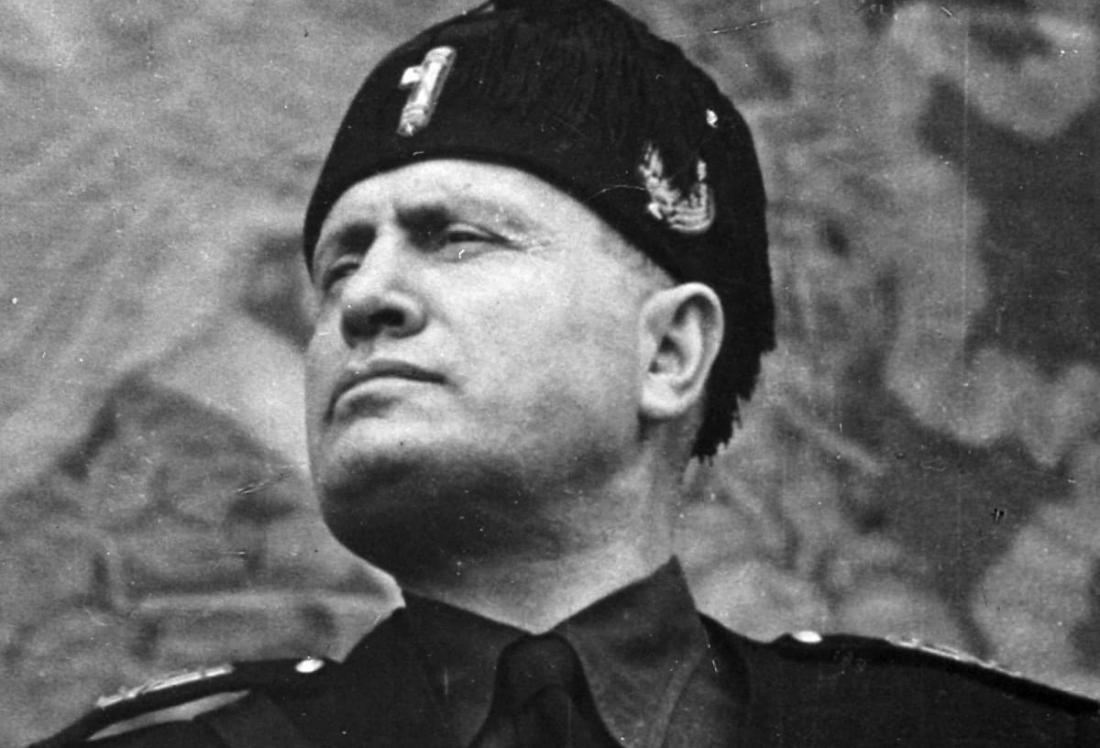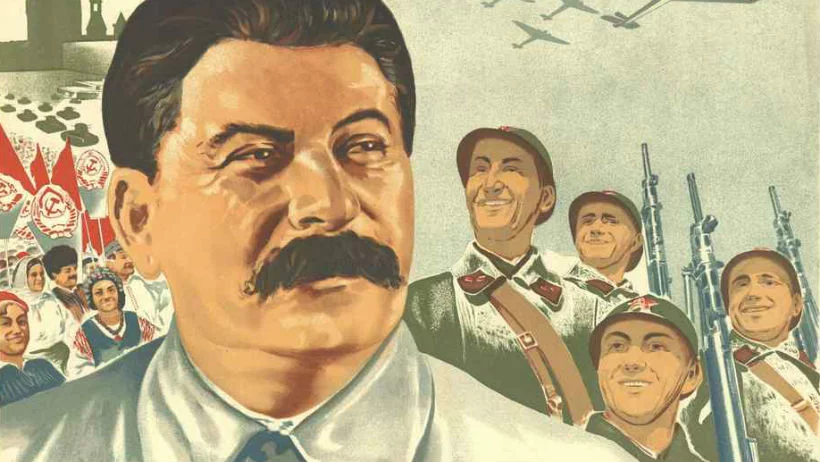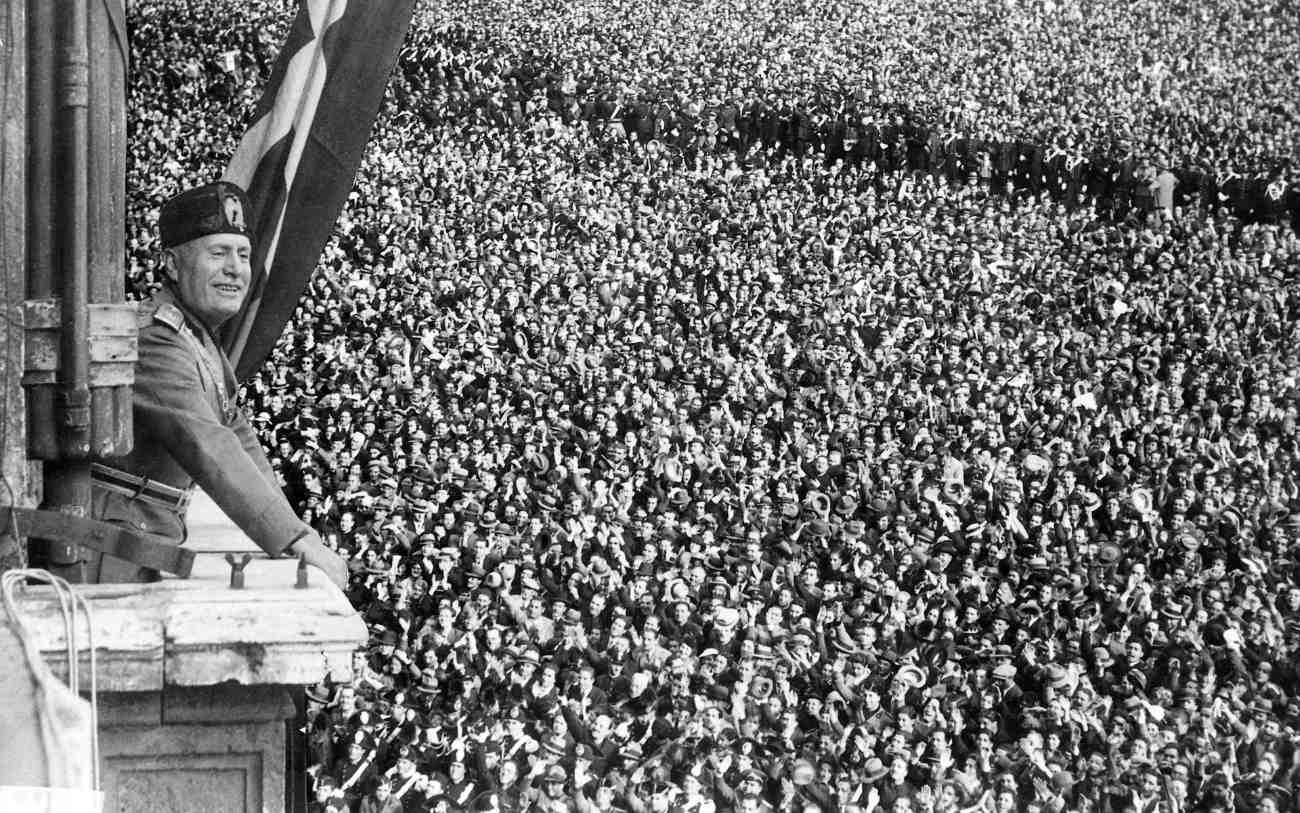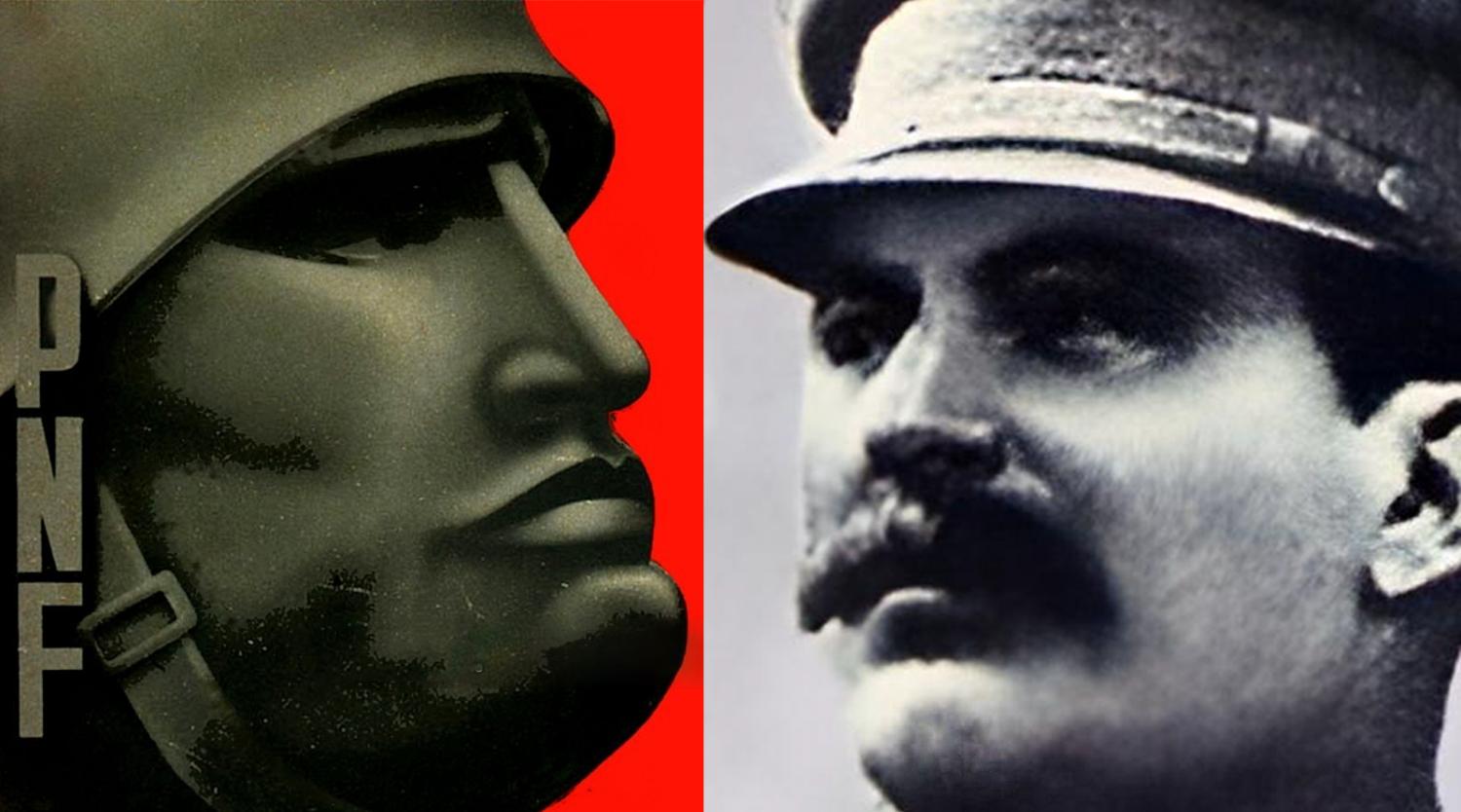There are many similarities between Stalin and Mussolini. These similarities can be seen in their authoritarian rule, marked by totalitarianism, and repression. The authoritarian control of all aspects of life and the use of propaganda to stay in power were shared characteristics of the regimes led by both Benito Mussolini and Josef Stalin. Nonetheless, Mussolini advocated fascism while Stalin championed communism, demonstrating a clear ideological divide between the two. Stalin expanded the Soviet Union’s military for economic gain rather than social purposes, whereas Mussolini romanticized war and aspired to restore Italy to the grandeur of the Roman Empire. In spite of their differences, both leaders were effective in getting their people to where they needed to be. This may have given the impression that their approaches were similar.
- Both Were Committed to Manipulation and Expansion
- Parallels in Stalin’s and Mussolini’s Rise to Power
- Similarities in Mussolini’s and Stalin’s Political Ideologies
- Resemblances of Their Totalitarian Regimes
- Their Overlapping Personalities as Dictators
- Stalin and Mussolini’s Comparable Impacts on Their Countries
Both Were Committed to Manipulation and Expansion
Joseph Stalin and Benito Mussolini, two of World War II‘s most infamous figures, were also among the most ruthless tyrants in human history. They are known for the devastation they wreaked on their people and other nations throughout the war. When it comes to the similarities between Stalin and Mussolini, it’s hardly unexpected that these two tyrants have a lot in common. Stalin and Mussolini both took advantage of the instability and public unrest in the years after World War I to further their authoritarian agendas and seize power. Stalin and Mussolini were both opponents of liberalism who supported authoritarian regimes. In spite of their vast ideological differences, these two leaders shared a commitment to totalitarian rule and manipulation, a belief in the need to silence critics, and a preference for authoritarian methods of maintaining control.
Under Stalin’s leadership, the arts were utilized as a means to gain support and admiration from the public. In contrast, Mussolini employed aggressive propaganda tactics, including suppressing freedom of speech and the press, to bolster his regime. Although both nations saw an expansion of their military forces, the motivations behind this growth were vastly different. In Italy, war was celebrated and elevated as a means to restore the country’s former grandeur, akin to the glory days of the Roman Empire. Conversely, the Soviet Union’s military expansion was primarily driven by economic considerations rather than societal ones.
Parallels in Stalin’s and Mussolini’s Rise to Power

Stalin and Mussolini both came to power by manipulating the political system and using “legal” means instead of using military force to gain control of their countries. Both of their supporters spent years gradually weakening democratic institutions while operating more or less “legally”, eventually eliminating them altogether.
Mussolini, who initially was a radical activist of socialist ideologies, went on to establish extreme right-wing organizations in 1919 with the backing of the upper class, which helped him to attain power in 1922. Stalin, who was the son of a Georgian farmer, also began his career as a student radical before rising to the position of Secretary of the Communist Party of the Soviet Union in 1922. He deported Leon Trotsky from the government in 1925 and suppressed the left-wing opposition in 1928.
Stalin ascended to power in the Soviet Union in 1934 by removing whatever opposition he could through a combination of show trials and murder. Similarly, during Mussolini’s rise to power, his armed fascist squads roamed the nation from 1920 to 1922 murdering an estimated 2,000 political opponents.
After taking power, Stalin and Mussolini eliminated any remaining political opposition to strengthen their hold on power. The two leaders used various tactics such as propaganda and manipulation to gain support and maintain control. Il Popolo d’Italia (“The People of Italy”), a journal formed by Benito Mussolini in 1914, was Mussolini’s primary vehicle of propaganda. It preached militarism and irredentism. Mussolini shut down the opposition media and rallied after the election. To promote his fascist ideology of a better standard of living, he even used the quote, “It is better to live one day as a lion than 100 years as a sheep.”
In a similar vein, Stalin used his bureaucracy to dictate who could write about what and how they might represent things. Established first in 1918, Stalin used the Pravda (“Truth” in Russian) newspaper as his official propaganda tool. Under Stalin, Russia’s arts and popular culture took an upbeat stance on the country’s social climate. In the 1930s, Stalin’s phrase, “Living has become better, comrades. Living has become happier,” was widely used in the press, on placards, and in speeches for manipulation.
Similarities in Mussolini’s and Stalin’s Political Ideologies

Mussolini was a fascist, whereas Stalin was a communist and they had radically different political perspectives. However, authoritarianism and militarism were essential tenets of both Mussolini’s fascism and Stalin’s interpretation of communism.
Both Mussolini’s and Stalin’s political ideologies began as populist movements before becoming one-man dictatorships. Individualism appears to be the ideology that Mussolini and Stalin detested the most in order to maintain power. The two leaders often talked harshly about it and consistently relegated the individuals and their efforts to the background in order to highlight the importance of communal state elements.
Especially during their dictatorships, both Mussolini and Stalin thought democracy was a hopeless political structure. They respectively believed that free speech and political parties were illusions and that fascism or communism would arrange for society to submit to state authority.
Stalin and Mussolini had the same overarching goal: To unite the planet under their absolute control. The two rulers had aspirations of becoming global superpowers and expanding their empires to unprecedented levels of influence and power.
Mussolini envisioned reestablishing the Roman Empire in Italy, with himself at the helm as “Caesar.” On the other extreme, we had Stalin, who referred to himself as “Koba.” Koba was a vindictive figure who embodied the values of a Georgian knight.
Stalin and Mussolini were both ambitious leaders who sought to spread their political ideologies throughout the globe. Mussolini directed Italian attacks on Libya, Somalia, Albania, and Greece. It was also Stalin’s intention to extend Soviet territory first into Eastern Europe.
Resemblances of Their Totalitarian Regimes

Besides their own political parties, both Stalin and Mussolini outlawed all other political parties. After eliminating all political opposition through the use of his secret police and prohibiting strikes by workers, Mussolini established a one-party dictatorship. Stalin also created a one-party totalitarian police state by enforcing a ban on all other party factions to suppress political dissent.
Strikes and other forms of worker protests were criminalized during Mussolini’s and Stalin’s regimes. Strikes were especially limited to a minimum under Stalin’s regime. Stalin would have had none of the labor unions oppose them. The two dictators actively sought to stifle and punish dissenting opinions.
Benito Mussolini built a strong fascist state on the strength of his personality. To suppress anti-fascism, he formed a political police squad, the OVRA (Organization for Vigilance and Repression of Anti-Fascism). Just like Mussolini, Joseph Stalin’s police squad, the NKVD (the People’s Commissariat for Internal Affairs), played a significant role in suppressing anti-communism and carrying out the Great Purge. Both police agencies managed to penetrate deeply into the everyday lives of the Italian and Soviet people, respectively.
To define their totalitarian regimes, both Mussolini and Stalin did not hesitate to come up with various terms and slogans. Mussolini coined “fascism” in 1919 and “totalitario” in the 1920s, both of which mean “all within the state, none outside the state, none against the state.” Under Stalin’s rule, all citizens’ needs and rights had to take a back seat to those of the state as a whole. Stalin convinced his people they were the spearhead of global socialism by constantly repeating the phrase “Workers of the world, unite!” only to strengthen his own totalitarian regime.
In 1929, Joseph Stalin’s persona was elevated to a status of reverence and became a central aspect of Soviet culture. Throughout his regime, the Soviet media portrayed Stalin as an omnipotent and omniscient leader, with his name and likeness being omnipresent. Benito Mussolini’s participation in World War I and his survival of many assassination attempts were similarly used to build a mysterious aura and a cult of personality around him.
Their Overlapping Personalities as Dictators

It would seem that in times of societal unrest, people yearn for a Messiah figure to restore peace and stability. However, hopelessness and ruin are frequently the end results. Just like most dictators, Stalin and Mussolini were essentially megalomaniacs. Both leaders had delusions of grandeur and an obsession with power. They were very driven, obstinate, and also clever. They were able to manipulate a whole nation into adopting a destructive ideology. And maybe the most salient feature they shared was a penchant for deception and manipulation.
Even though Stalin was not known as much as an orator as Mussolini, both he and Mussolini were able to rally the masses behind them with their long and impressive speeches, charisma, and leadership abilities. They were all masters of propaganda, able to rally support for even the most outlandish causes. Since he was not particularly a speaker, Stalin especially achieved this by controlling every aspect of politics to the point where he became an absolute dictator.
Stalin heavily promoted himself through the media as an exceptional leader, using monikers such as “great,” “wise,” or “genius,” positioning himself as a benevolent yet powerful father to the Soviet people. Stalin’s image was tailored to represent Bolshevik ideals and a revolutionary new social order. Similarly, Benito Mussolini saw himself as a revolutionary, and similar to the “father” figure of Stalin, he was “the instrument of the incorporated national will.” The two figures were overly narcissistic.
Stalin was often abused and beaten by his parents, making his early life hateful and violent. In their later lives, both Stalin and Mussolini had a penchant for violence. Mussolini was known as a bully and participant in violent altercations throughout his younger years. He stabbed a student in the hand, and the boarding school eventually expelled him. At the next school, he was again engaged in a stabbing incident. He also later admitted to stabbing his girlfriend in the arm.
Stalin and Mussolini’s Comparable Impacts on Their Countries

Mussolini organized monopolies in several sectors, including finance, labor, agriculture, and the professions. But because of all the things he attempted to correct, industrial output, imports, exports, and unemployment all fell during Mussolini’s rule. Similar to Mussolini, Stalin’s economic programs had a devastating effect on the populace and were so badly handled under Soviet leadership that any improvement was quite insignificant.
Stalin ascended to power in the Soviet Union in 1934 by removing whatever opposition he could via a combination of show trials and murder. Then, he began a string of purges, accusing those in the Communist Party who had been active during the 1917 Revolution of treason. Many admitted to their alleged misdeeds during open court proceedings.
Similarly, during Mussolini’s rise to power, the government of Italy never ordered its armed forces to put down Mussolini’s rebellion. Mussolini’s armed fascist squads roamed the nation from 1920 to 1922 murdering an estimated 2,000 political opponents. Mussolini deported hundreds of thousands of people and was responsible for the execution of 42 Italians. Around one million people’s lives were taken by Mussolini, and countless more were ruined because of him.
Just like Mussolini, millions of people’s lives were touched by Stalin. Countless peasants perished as a direct result of Stalin’s terrible economic policies and as many as 20 million people died at Stalin’s hands due to his callousness and lack of compassion. Despite this, he continued to be a powerful ruler among his own people.
Bibliography
- Jon K. Chang, 2019. “Ethnic Cleansing and Revisionist Russian and Soviet History“. Academic Questions. doi:10.1007/s12129-019-09791-8. S2CID 150711796.
- Robert Conquest, 2008. The Great Terror: A Reassessment. Oxford and New York: Oxford University Press. ISBN 978-0-19-531699-5.
- Jasper Ridley. Mussolini: A Biography (1998).
- Brenda Haugen, 2007. Benito Mussolini: Fascist Italian Dictator. Minneapolis. ISBN 978-0-7565-1988-9.


